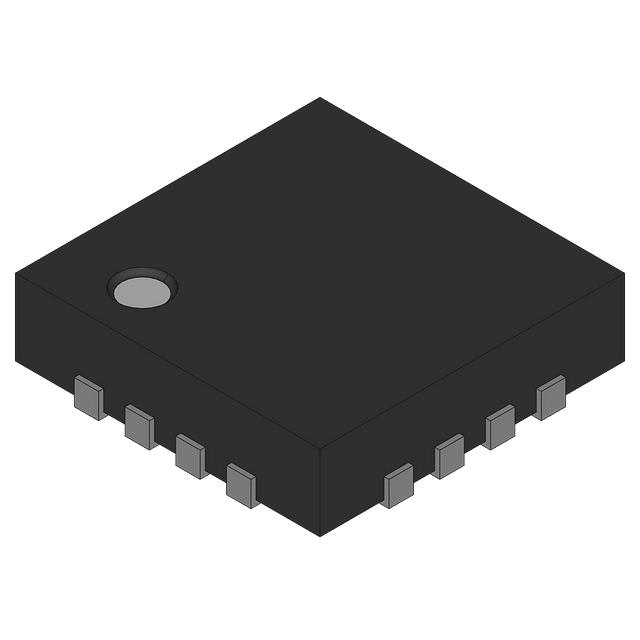
Linear Technology
Linear Technology, now part of Analog Devices Inc., was a renowned semiconductor company that specialized in the design and manufacturing of high-performance analog integrated circuits. With a wide range of products including power management, data conversion, signal conditioning, and RF (Radio Frequency) components, Linear Technology served various industries such as automotive, industrial, communications, and consumer electronics. The company's innovative and reliable solutions enabled efficient power management, accurate signal processing, and seamless connectivity. Known for their attention to detail and commitment to quality, Linear Technology established itself as a trusted provider of analog solutions, delivering cutting-edge technology and exceptional performance. Their contributions to the field of analog integrated circuits have significantly impacted numerous applications, enabling advancements in technology and enhancing electronic systems worldwide.



